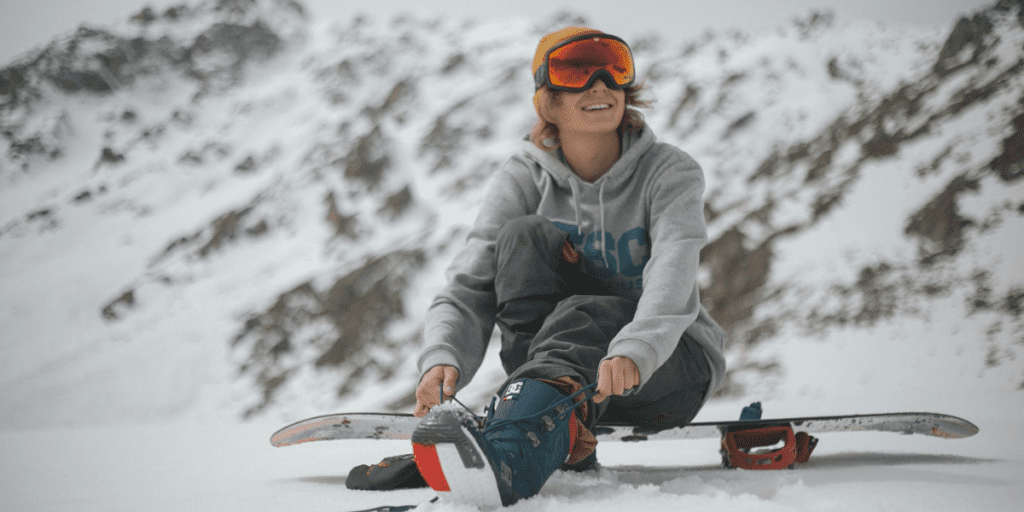Skiing and snowboarding are thrilling yet risky activities, and they’re one of the most popular winter getaway pursuits in the United States. While these sports can increase your adrenaline as you glide down a snowy mountain, they can also be dangerous in case of accidents. This is why UC Davis Health recommends a few tips to avoid injuries, including wearing a helmet and wrist guards to protect your head and wrists in case you fall off your skis or board.
Besides safeguarding these body parts, it’s also important to shield your eyes. After all, the eyes are some of the body’s most sensitive parts. Skiing and snowboarding can make them vulnerable to conditions like snow blindness. Fortunately, you can effectively protect your eyes by wearing snow goggles. If you’re unsure what to look for in a pair of goggles, keep reading below:
Get a Pair With Polarized Lenses
The sun can be blinding even in cold climates, especially in ski resorts with vast open areas and no shade. Additionally, the sunlight reflects on snow since it’s white. This can cause glare, leading to temporary blindness and photokeratitis—also known as snow blindness—resulting in pain and discomfort.
To reduce glare and prevent snow blindness, invest in goggles with polarized lenses. Athletic eyewear brand Oakley makes snow goggles with polarized lenses that block 100% of UVA and UVB rays. This protects you from snow blindness, cataract formation, and worsening eyesight. It also eliminates intense glare from the snow, allowing you to see your path more clearly despite the sun. You can consider getting Oakley’s latest release, the MOD7. This combines polarized snow goggles and a protective helmet for greater convenience.
Choose Lenses With Anti-Fog Coating
Snow goggles are prone to fogging due to sudden changes in temperature or the presence of moisture. Although you can easily wipe off the fog, it’s hard to do so when skiing or snowboarding down the mountain. This can also impair your vision for a short period, causing you to crash into other skiers, snowboarders, or trees.
The snow goggles by OutdoorMaster have proper ventilation to reduce moisture. It also has double-pane lenses, separating the temperature of the inner and outer lenses and avoiding fogging. Finally, it has an anti-fog coating on the inside for maximum fog reduction.
Pick Spherical Snow Goggles
Spherical lenses on snow goggles address many issues. For one, it allows for better peripheral vision. This helps you see oncoming skiers and snowboarders to avoid bumping into them or getting in their path. Its curved design also helps it sit better on your face, preventing moisture from getting in.
Because it has these features, Smith Optics’ snow goggles are among the leading brands in the spherical snow goggles market. They’re known for their semi-rimless design, making them fit better under helmets. They also offer lens interchangeability, so you can switch out your lenses as you see fit. Their Skyline goggles perfectly exhibit their rimless design, showcasing a seamless facade that fits well under the helmet.
Make Sure They Fit Your Face Shape
Everyone has a different face shape and characteristics. One of the factors that may affect snow goggles’ fit on your face is your nose shape. This includes the length or angle of your nasal ridge, which the National Human Genome Research Institute explains is the midline prominence of the nose. For example, some snow goggles may not fit snugly if you have a sloped nasal ridge. This can cause them to slide off or for moisture to enter your goggles and result in fogging.
Thus, it’s important to consider your face shape when getting goggles. You can consider Giro’s snow goggles if you have a smaller face and a flatter nasal bridge, as they make eyewear for these characteristics.
Protecting your eyes when snowboarding and skiing is key to avoiding eye damage and accidents. Don’t forget our tips above when choosing your pair of snow goggles!

